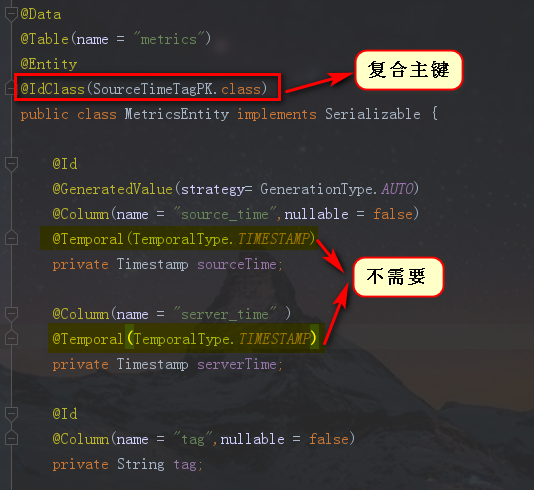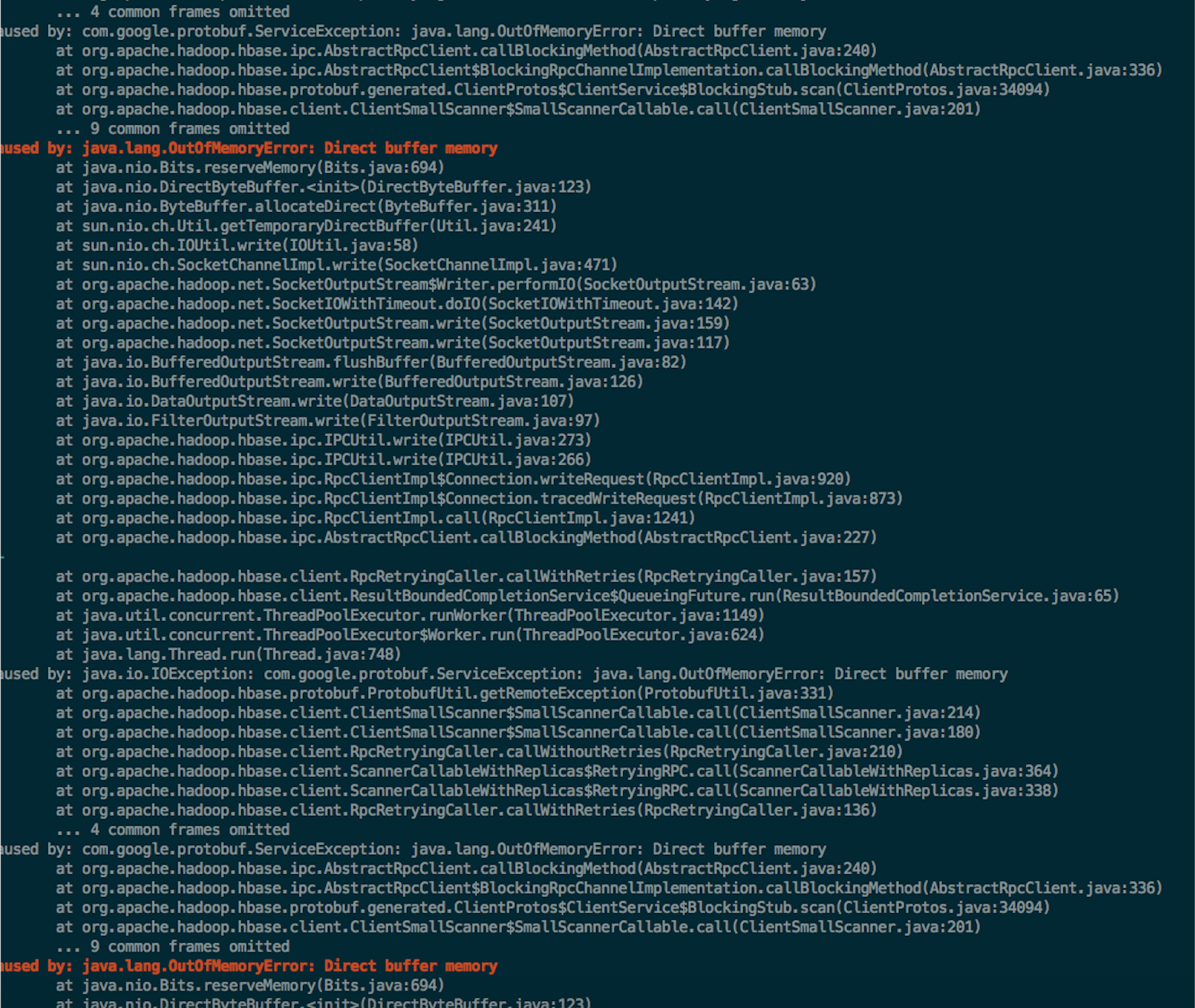STL_stack/STL_queue
1、stack
stack 模板类的定义在
stack 模板类需要两个模板参数,一个是元素类型,一个容器类型,但只有元素类型是必要
的,在不指定容器类型时,默认的容器类型为deque。
定义stack 对象的示例代码如下:
stack
stack
stack 的基本操作有:
入栈,如例:s.push(x);
出栈,如例:s.pop();注意,出栈操作只是删除栈顶元素,并不返回该元素。
访问栈顶,如例:s.top()
判断栈空,如例:s.empty(),当栈空时,返回true。
访问栈中的元素个数,如例:s.size()。
2、queue
queue 模板类的定义在
与stack 模板类很相似,queue 模板类也需要两个模板参数,一个是元素类型,一个容器类
型,元素类型是必要的,容器类型是可选的,默认为deque 类型。
定义queue 对象的示例代码如下:
queue
queue
queue 的基本操作有:
入队,如例:q.push(x); 将x 接到队列的末端。
出队,如例:q.pop(); 弹出队列的第一个元素,注意,并不会返回被弹出元素的值。
访问队首元素,如例:q.front(),即最早被压入队列的元素。
访问队尾元素,如例:q.back(),即最后被压入队列的元素。
判断队列空,如例:q.empty(),当队列空时,返回true。
访问队列中的元素个数,如例:q.size()
#include
#include
#include
using namespace std;
int main()
{
int e,n,m;
queue
for(int i=0;i<10;i++)
q1.push(i);
if(!q1.empty())
cout<<”dui lie bu kong\n”;
n=q1.size();
cout<<n<<endl;
m=q1.back();
cout<<m<<endl;
for(int j=0;j<n;j++)
{
e=q1.front();
cout<<e<<” “;
q1.pop();
}
cout<<endl;
if(q1.empty())
cout<<”dui lie bu kong\n”;
system(“PAUSE”);
return 0;
}
3、priority_queue
在
列与队列的差别在于优先队列不是按照入队的顺序出队,而是按照队列中元素的优先权顺序
出队(默认为大者优先,也可以通过指定算子来指定自己的优先顺序)。
priority_queue 模板类有三个模板参数,第一个是元素类型,第二个容器类型,第三个是比
较算子。其中后两个都可以省略,默认容器为vector,默认算子为less,即小的往前排,大
的往后排(出队时序列尾的元素出队)。
定义priority_queue 对象的示例代码如下:
priority_queue
priority_queue< pair
priority_queue
priority_queue 的基本操作与queue 相同。
初学者在使用priority_queue 时,最困难的可能就是如何定义比较算子了。
如果是基本数据类型,或已定义了比较运算符的类,可以直接用STL 的less 算子和greater
算子——默认为使用less 算子,即小的往前排,大的先出队。
如果要定义自己的比较算子,方法有多种,这里介绍其中的一种:重载比较运算符。优先队
列试图将两个元素x 和y 代入比较运算符(对less 算子,调用x
若结果为真,则x 排在y 前面,y 将先于x 出队,反之,则将y 排在x 前面,x 将先出队。
看下面这个简单的示例:
#include
#include
using namespace std;
class T
{
public:
int x, y, z;
T(int a, int b, int c):x(a), y(b), z(c)
{
}
};
bool operator < (const T &t1, const T &t2)
{
return t1.z < t2.z; // 按照z 的顺序来决定t1 和t2 的顺序
}
main()
{
priority_queue
q.push(T(4,4,3));
q.push(T(2,2,5));
q.push(T(1,5,4));
q.push(T(3,3,6));
while (!q.empty())
{
T t = q.top(); q.pop();
cout << t.x << “ “ << t.y << “ “ << t.z << endl;
}
return 1;
}
输出结果为(注意是按照z 的顺序从大到小出队的):
3 3 6
2 2 5
1 5 4
4 4 3
再看一个按照z 的顺序从小到大出队的例子:
#include
#include
using namespace std;
class T
{
public:
int x, y, z;
T(int a, int b, int c):x(a), y(b), z(c)
{
}
};
bool operator > (const T &t1, const T &t2)
{
return t1.z > t2.z;
}
main()
{
priority_queue
q.push(T(4,4,3));
q.push(T(2,2,5));
q.push(T(1,5,4));
q.push(T(3,3,6));
while (!q.empty())
{
T t = q.top(); q.pop();
cout << t.x << “ “ << t.y << “ “ << t.z << endl;
}
return 1;
}
输出结果为:
4 4 3
1 5 4
2 2 5
3 3 6
如果我们把第一个例子中的比较运算符重载为:
bool operator < (const T &t1, const T &t2)
{
return t1.z > t2.z; // 按照z 的顺序来决定t1 和t2 的顺序
}
则



























![[java-s2知识小结]安装tomcat,以及更改默认端口号 [java-s2知识小结]安装tomcat,以及更改默认端口号](https://image.dandelioncloud.cn/images/20220511/eb1bf570b8fa40f198d47140ffd9fdb9.png)
![[work] 优化方法总结:SGD,Momentum,AdaGrad,RMSProp,Adam [work] 优化方法总结:SGD,Momentum,AdaGrad,RMSProp,Adam](https://image.dandelioncloud.cn/images/20220511/09821f3ccbaa453fb58378c264a0c7d3.png)





还没有评论,来说两句吧...